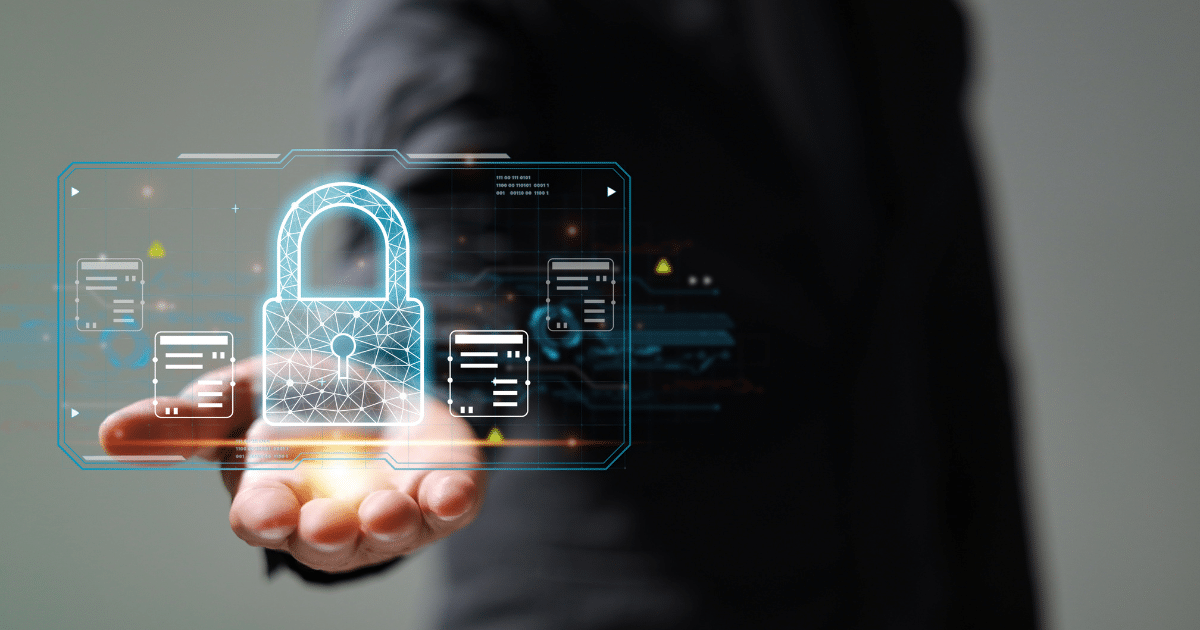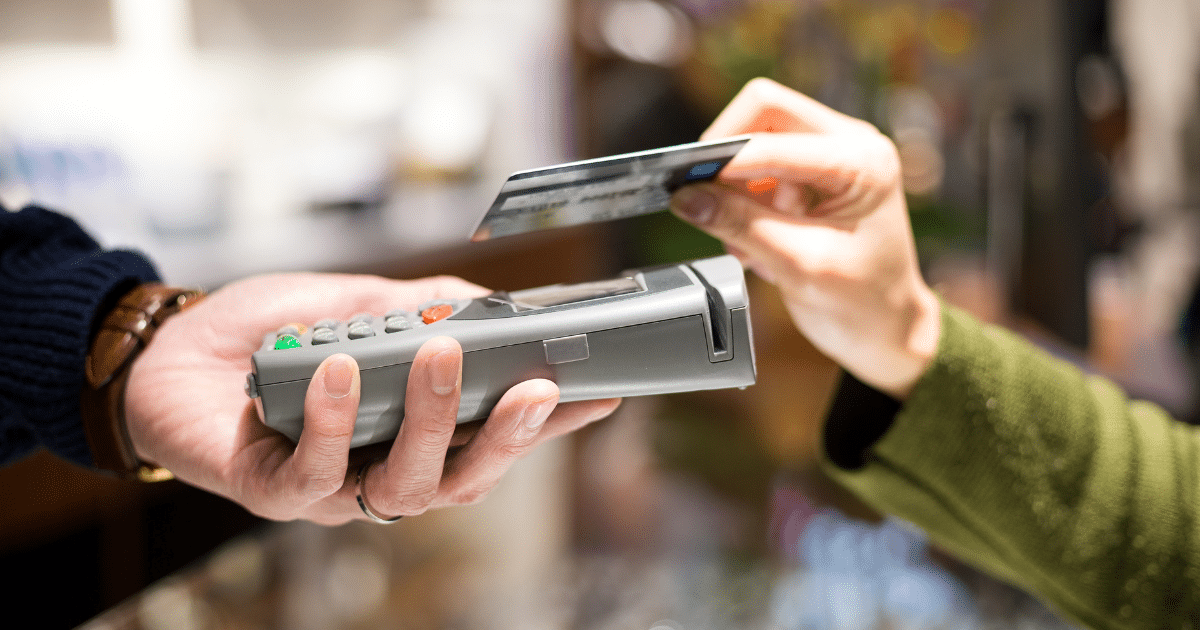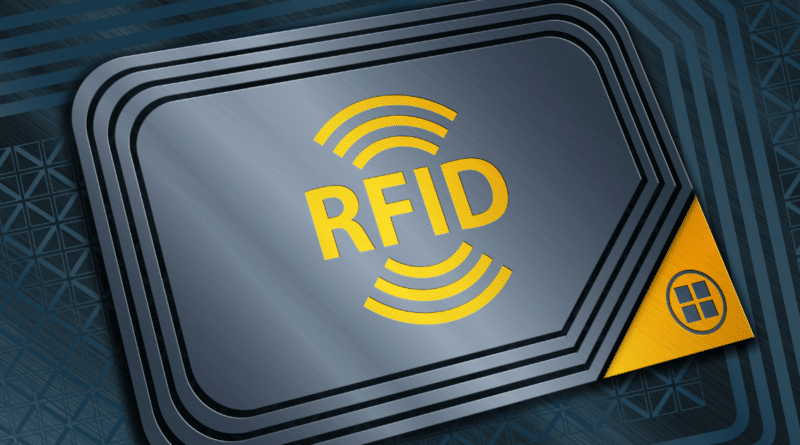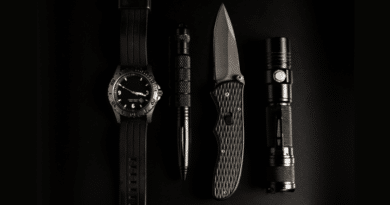Breaking the Signal: A Guide to RFID Blocking Card Technology
Have you ever thought about your security and identity? Have you considered or even heard about RFID blocking card technology?
Today, contactless transactions have become the norm, and the convenience of a quick tap to pay comes with its own set of worries. Imagine standing in a crowded subway or walking through a busy mall, unaware that someone could be clandestinely scanning your credit card or passport details without ever laying a finger on your wallet.
That’s the silent threat of electronic pickpocketing facilitated by RFID technology — a real concern for many everyday Americans.
Enter RFID blocking card technology, an invisible hero designed to safeguard your personal information from these stealthy digital thieves. This game-changing shield works diligently within your wallet to block unwanted scans and provide peace of mind.
Our guide will walk you through understanding how this technology functions, its benefits, and choosing the right protection for you — making sure your private data stays just that: private.
Ready to secure your pocket’s peace and your identity? Keep reading!
Key Takeaways
- RFID blocking card technology is a shield for your personal information and keeps digital thieves from stealing it.
- There are several types of RFID blockers: signal-blocking cards, active jamming cards, passive blocking sleeves, wallets with built-in protection, DIY aluminum foil wraps, encased protection cards, and stacked card types.
- These blockers are easy to use by placing them in your wallet next to bank cards and provide a handy way to protect your data when traveling or in crowded places.
- When picking an RFID blocker, look for one that’s the right size for your wallet and comes from a trusted brand.
- Always test the card before you fully rely on it for security to make sure it blocks signals as promised.

Table of contents
What is RFID Blocking Card Technology?
RFID Blocking Card Technology is a form of protection against electronic pickpocketing that works by blocking the radio frequency signals emitted by RFID-enabled cards. There are different types of RFID blocking cards available, each designed to provide the user with peace of mind and security against unauthorized access to their sensitive data.
How does it work?
RFID blocking card technology steps in to keep your personal info safe. It uses a protective shield that stops skimmers from stealing the data on your cards. This shield is like an invisible wall.
It blocks the electromagnetic waves that scanners use to grab information from RFID chips.
Imagine you have a superhero cape for your credit and debit cards; that’s what an RFID blocker does. When a thief tries to skim your card details, the blocking material interferes with radio waves, preventing the transmission of sensitive data from your card to their reader.
This keeps your identity and money out of harm’s way without any hassle on your part.
Types of RFID blocking cards
Your personal information is valuable. RFID blocking cards keep it safe from theft. Here’s a look at different types:
· Signal-blocking Cards: These have a layer of metal or carbon fiber that blocks electromagnetic fields. They stop RFID readers from accessing your card’s data.
· Active Jamming Cards: Active jamming cards create their own signal. This confuses the scanner and protects your information.
· Passive Blocking Sleeves: Slip your credit or debit card into these sleeves. They shield each card individually and block RFID scanners.
· RFID Blocking Wallets: A wallet or purse built with materials that block RFID signals. It turns your wallet into an RFID protected holder for cards and passports.
· Aluminum Foil DIY: Some people wrap their cards in aluminum foil as a homemade blocker. It’s not fancy, but it can work.
· Encased Protection Cards: These are hard-shelled cards that you place on either side of your payment cards in a wallet. The tough case stops signals.
· Stacked Card Types: Place one of these between two payment cards to block any scanners trying to read them.
Benefits of RFID Blocking Card Technology
RFID blocking card technology offers protection against electronic pickpocketing, providing peace of mind for travelers and everyday users. These cards are easy to use and portable, making them a convenient solution for safeguarding your personal information.
1. RFID protection against electronic pickpocketing
Thieves can steal your credit card information without ever touching your wallet. They use small, hidden scanners to grab data from RFID-enabled cards as you pass by. But with RFID blocking card technology, you keep your personal info safe.
This tech stops these sneaky electronic pickpockets in their tracks.
You slide an RFID blocking card into your wallet right next to your bank cards. It acts like a shield, blocking the signals that thieves try to steal. Your sensitive information stays secure and out of criminals’ hands.
Using this simple tool gives you one less thing to worry about in busy crowds or while traveling.
2. Peace of mind for travelers
Traveling can be stressful, especially when it comes to safeguarding personal information. RFID blocking cards provide peace of mind for travelers by protecting sensitive credit card data from unauthorized scanning during their journeys.
Related Article: How to Use Your Travel Time in the Car Productively
This technology ensures that individuals can explore new destinations without worrying about potential RFID theft or electronic pickpocketing, enhancing the overall travel experience and security.
By using RFID blocking technology, travelers can shield their credit card information from potential cybercriminals who may attempt to steal it through RFID signals. This added layer of protection allows them to focus on enjoying their travels with confidence and security, knowing that their financial information is safe from unauthorized access while on the go.
3. Easy to use and portable
RFID blocking cards are simple to use and easy to carry, providing a hassle-free way to safeguard your personal information. Their compact size makes them convenient for everyday use and travel, fitting easily into wallets or cardholders.

With the ability to slip seamlessly into your existing wallet or cardholder, RFID blocking cards offer a portable solution for protecting your credit card information from unauthorized scanning.
Related Article: Is the Konig Safe 1.0 Worth the Money?
The convenience of RFID blocking cards extends beyond their portability — they require no setup or special handling. Simply place the card alongside your payment cards in your wallet, and it immediately starts working to secure your sensitive information.
How to Choose the Right RFID Blocking Card
When choosing the right RFID blocking card, consider the design, size, and compatibility with your wallet. Look for a reliable brand and test its effectiveness before use to ensure maximum protection against electronic pickpocketing.
1. Consider the design and size of an RFID blocking card
When selecting an RFID blocking card, think about the design and size. Ensure it fits well in your wallet or cardholder to provide seamless protection against electronic pickpocketing.
Look for a sleek and compact design that won’t add bulk to your everyday carry, making it convenient for travel and daily use. Also, consider the dimensions of the card to ensure it easily slides into your wallet alongside other cards without causing any inconvenience or discomfort.
Remember to check if the size complements your existing wallet setup, ensuring practicality and ease of use. Choose a design that aligns with your personal style while offering reliable protection against unauthorized scanning of sensitive information from RFID-enabled credit cards.
2. Look for a reliable RFID security brand
When choosing an RFID blocking card, consider opting for a reliable brand that offers proven protection. Selecting a trusted brand ensures quality and effectiveness in safeguarding your personal information.
With reputable brands, you can be confident in the reliability and security of the RFID blocking technology, providing peace of mind against electronic pickpocketing and potential identity theft.
To find the best option, look for established brands known for their craftsmanship and encryption technology. Reliability is key when it comes to protecting your sensitive data from unauthorized scanning, making it essential to choose a brand with a track record of shielding against RFID skimming and ensuring secure contactless payments.
3. Check if the RFID technology is compatible with your wallet
Before purchasing an RFID blocking card, ensure that it fits well in your wallet. Test its compatibility to make sure it doesn’t obstruct the closing mechanism or feel too bulky.
Look for a slim design that seamlessly integrates into your existing wallet without causing any inconvenience. Take note of the dimensions and compare them with your wallet’s size to guarantee a perfect fit.
This ensures that you can enjoy the benefits of RFID protection without compromising on convenience.
4. Test the RFID blocker effectiveness before use
Before using an RFID blocking card, it’s crucial to verify its effectiveness. This can be done by testing with a card reader, ensuring that the RFID signals are indeed being obstructed.

Look for reliable brands offering a warranty and a full refund if you are not satisfied — this provides security and assurance when testing the blocking technology.
After acquiring an RFID blocking card from a reputable supplier, don’t forget to confirm its efficiency before relying on it for protection. By conducting this simple test, you can gain peace of mind knowing your personal information is safeguarded from potential electronic pickpocketing attempts.
Recommended RFID Blocking Cards
Below is a list of recommended and highly-rated cards that you can purchase:
- TICONN RFID Blocking Cards
- Ultrashang RFID Blocking Cards
- Slimliang RFID Blocking Cards
- Manyi RFID Blocking Cards
You Need RFID Blocking Cards to Prevent ID Theft
RFID blocking card technology offers a reliable defense against electronic pickpocketing and provides peace of mind for travelers. When choosing the right RFID blocking card, consider design, brand reliability, and compatibility with your wallet.
By testing its effectiveness beforehand, you can ensure that your personal information is safeguarded. Protecting yourself from RFID theft is now easier than ever with these practical and portable solutions.
As a side note to close out this article, if you want to support our website and are in need of any tactical gear (or any product for that matter), anything you purchase using our links below will provide us with a small commission. We don’t charge for our free content and our goal is to keep it that way. We don’t have a Patreon account to put things behind a paywall, nor do we sell pics of our feet on OnlyFans.
If you choose to use the links below and make a purchase (at no additional cost to you), we greatly appreciate your support as it helps us continue to publish free content (like this article) on our website:
- Optics Planet (use code SAS5 at checkout for 5% off)
- Amazon
We have also partnered with CCW Safe. It’s the concealed carry coverage that I personally have for myself and my family in the event we need to defend our lives. Feel free to use our CCW Safe link to sign up and get some coverage to protect yourself and your family.
Also if you have a product you would like us to check out and potentially review, please contact us and let’s discuss.
FAQs
RFID blocking card technology is a way to protect your contactless cards from identity thieves who try to steal personal info using radio waves.
You need an RFID blocking badge holder to keep your ID and access cards safe from hackers who can secretly read your information.
No, most regular wallets can’t stop credit card skimmers. You need a special protector, like an RFID blocker, that’s designed for online privacy.
Wrapping cards in foil might help some, but it’s not as reliable as a dedicated RFID blocker, which gives better security for your contactless smart cards.
Yes, whether you use Apple Pay, Google Pay, or tap-to-pay with Amex or Visa — they all use signals that identity thieves could try to grab without you knowing.
Sure! If the seller allows returns, just reach out and you can usually send back the product if needed.


*Disclosure: This article may contain affiliate links or ads, which means we earn a small commission at no extra cost to you if you make a purchase through these links. These commissions help support the operation and maintenance of our website, allowing us to continue producing free valuable content. Your support is genuinely appreciated, whether you choose to use our links or not. Thank you for being a part of our community and enjoying our content.
PLEASE CONSIDER SHARING THIS ON YOUR SOCIAL MEDIA TO HELP OTHERS LEARN MORE ABOUT THIS TOPIC.





